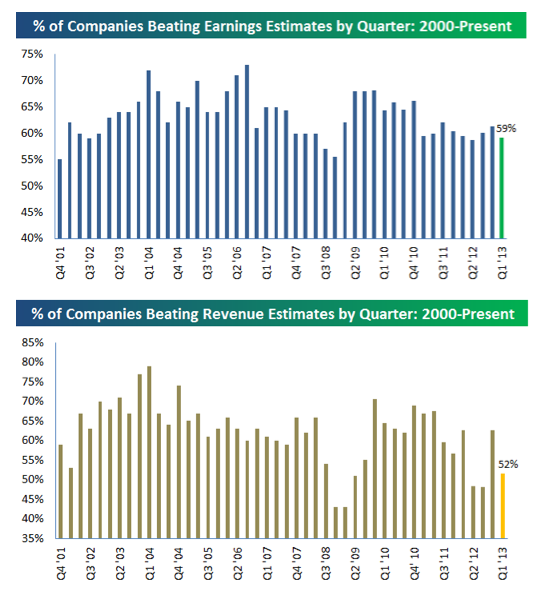Things are a bit unhinged right now in global markets.
Exogenous forces have weighed heavily on all markets, riling up investors who are more apt to head to the sidelines than go bargain-hunting.
While China’s problems are weighing on an already fragile global economy, that country alone will not derail the US economy’s continued improvement and that headline will soon be fleeting in the minds’ of investors.

Credit Markets
I believe that greater investor concern should be centered on domestic credit markets, focused on lending to overly indebted companies (think back to the subprime mortgage crisis, for reference).
One can just look to the high-yield bond market where borrowing costs have increased significantly, especially since August. (Bond prices go down as yields go up, all else being equal).
Please understand that I’m not saying this is anywhere near a Lehman moment or the subprime mortgage crisis, it’s that this is one of the biggest concerns to me; China, not so much.
China Syndrome
News reporters are focused on China presently seeing as China has been the global growth engine for so long.
While their GDP has been slowing for some time, it just confirms that overall global growth is probably going to be lackluster for quite a long time.
With a GDP nearing US $10 trillion, it’s unsustainable to be growing at 10% a year (using their government’s data and long-term goal).
I believe they’ll report 7%+ growth on January 19th for all of 2015 in terms of GDP, but most look upon even that type of growth (even though it’s decelerating, it’s still growth) with jaundiced eyes.
Tighter Credit
Circling back on the topic of credit, financial conditions are tightening across a broad front.
The Fed’s rate rise, while small, has strengthened the US dollar and has had an outsized impact on widening credit spreads in US dollar-denominated debt which has manifested itself in the lowest investment-grade (BBB) and high-yield credit ratings.
The domino effect is that worsening credit conditions will create higher borrowing costs that will harm corporate profits, expansion plans (mergers and acquisitions) and share buybacks, thus in turn reducing stock valuation metrics and share prices.
The increasing weakness in credit markets needs to be resolved in order for the frantic, violent range-bound equity markets to break out to the upside.
Two Vs
Typically, a Fed hike affects 2 V’s – volatility and valuations. Volatility goes up, and valuations go down, all else being equal.
But things are atypical. The business cycle has been tamped down by excessive monetary policy easiness and a tight fiscal policy stance hampered by a US Congress unable to lend a hand.
On top of that, federal and state coffers are running low (just look at Puerto Rico). Throw in the lingering effects of the Great Recession and you get a debt hangover that’s not apt to go away quickly.
5 Pillars
Let’s look at the 5 legs of the bar stool that underpin the current stock bull market (absent the 20% down that signals a bear).
Liquidity – It’s currently negative, as market liquidity appears to be drying up.
On a technical basis, we could retest the lows of this past August and September, which would take the S&P 500 down around 1,870.
Additionally, market leadership has been relatively narrow, with the average stock in the Standard & Poor’s 500 Index falling 5% for all of 2015.
Valuations: Stocks, while not bubbly, are hardly alluring – more or less a neutral rating. The S&P 500 is at 20 times past earnings and about 16 times projected profit.
I don’t see overall index valuations expanding, so my job is to find and focus on quality companies that are continuing to grow sales and earnings, bucking the trend.
Fundamentals: Revisions to fourth-quarter earnings estimates show analysts becoming more negative on the S&P 500 in general.
Again, the energy and materials sectors are expected to report the largest decreases. According to FactSet (January 8, 2016), S&P 500 corporate earnings are to decline by 5.3%.
That decline will mark the first time the index has seen 3 consecutive quarters of year-over-year declines in earnings since 1st – 3rd quarters of 2009.
Outside of lower fuel costs, what will the catalysts be in 2016 to hold up valuations? Corporate earnings reports will be key to setting expectations accordingly.
Sentiment: Surveys by Market Vane and American Association of Individual Investors show investors have continued to be neutral in their market sentiment; I’m sure the next reading will be trend-following and negative.
Remembrance of the 2008 bear market is still relatively fresh in the minds of investors of how things could rapidly disintegrate, so cautious is the word of the day.
Outlook
Overall, none of the 5 legs are glowingly positive if at all, so if the adage holds that a bull market climbs a wall of worry and dies in an atmosphere of euphoria, then I think we can overcome the current episode of worry emanating from outside the US.
For now, US employers seem optimistic about the domestic economy’s prospects as there was a strong surge in December payroll numbers, +292,000, although investors were ambivalent to the data.
Even with this strong monthly reading, there was little pickup in wage inflation (to me, the most important inflation figure).
Cautious Fed
This should keep the Fed from raising rates too quickly, thus giving the economy time to build enough momentum to drive up inflation and keep monetary policy relatively loose, for the time being – a good thing for financial assets like stocks.
I suspect that the Fed will only hike interest rates 2 or 3 times this year, slower by even the Fed’s estimates of 4 hikes; gradual and data-dependent seem operative words in each of the Fed’s upcoming meetings.
What to key in on now? Starting mid-month, we’ll get a slew of 4th quarter corporate earnings reports keying in on how companies fared in the quarter, and more importantly, how the titans of industry see the 1st quarter and 2016 unfolding.
Bear Market?
A bear market is long overdue (last seen in 2009), but that doesn’t mean it’s imminent. For now, I believe it’s best to hang tight to see how things unfold and stick to one’s own long-term plans and goals.
Financial adjustments on the macro-level, like we’re seeing in China, are often times volatile affairs and what we’re witnessing is a continuation of their ongoing responses, ones that are disjointed and never precise.
For now, the US is bucking the trend from the rest of the world – growing – but for how long can we can keep China’s contagion from arriving on our shores?
Again, I think our own worst worries are home grown, not from foreign soil. Waiting on the storm clouds to clear, and for better days ahead.
Photo Credit: Day Donaldson via Flickr Creative Commons




